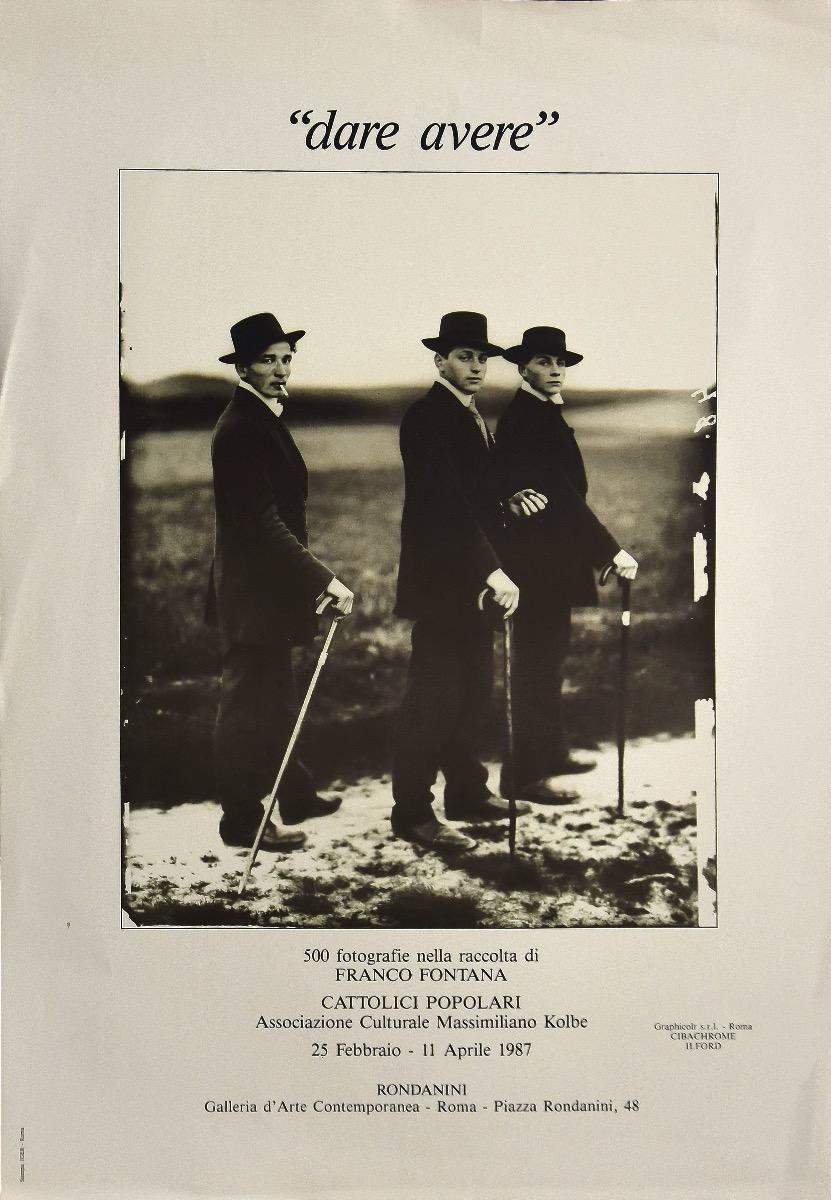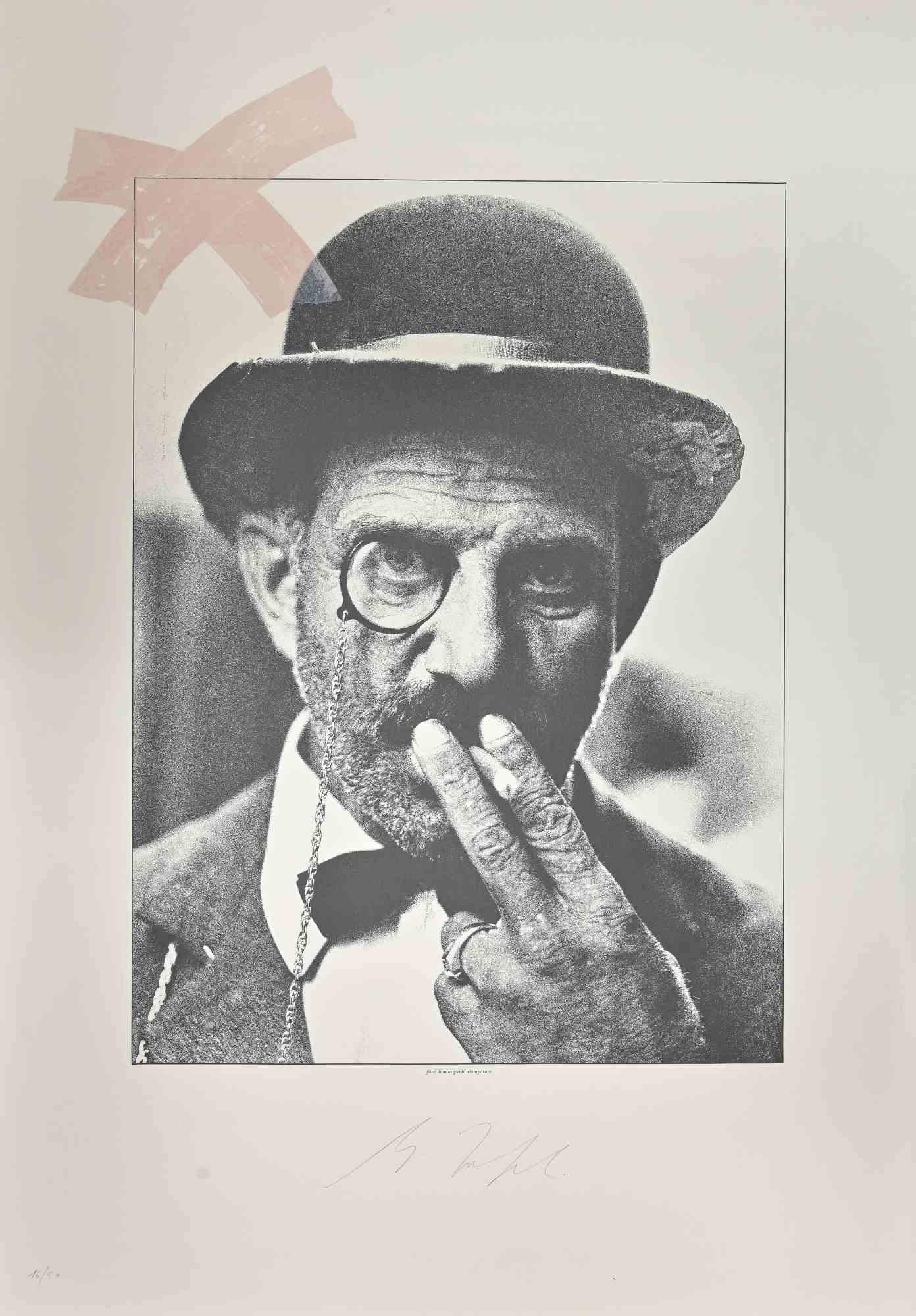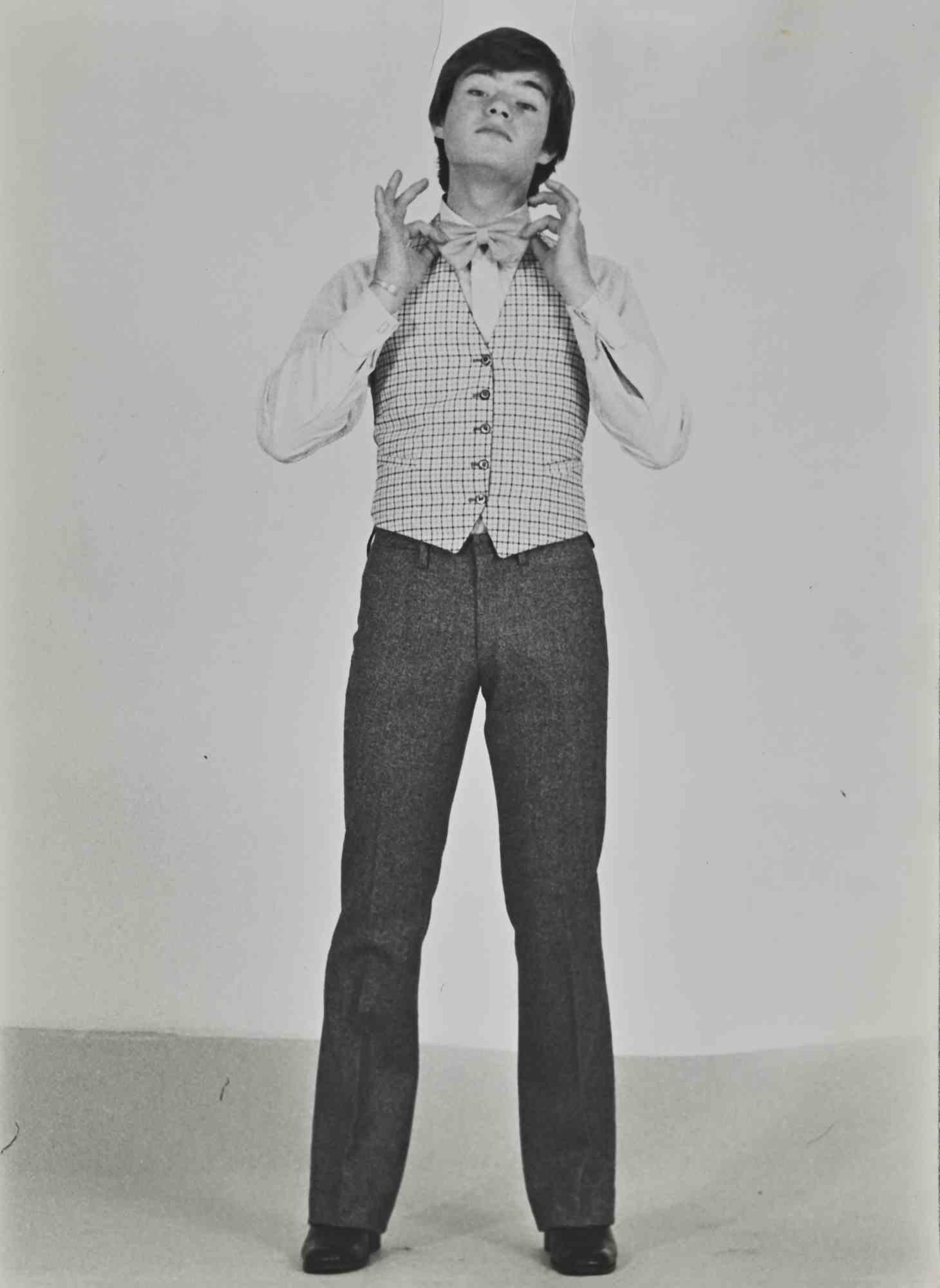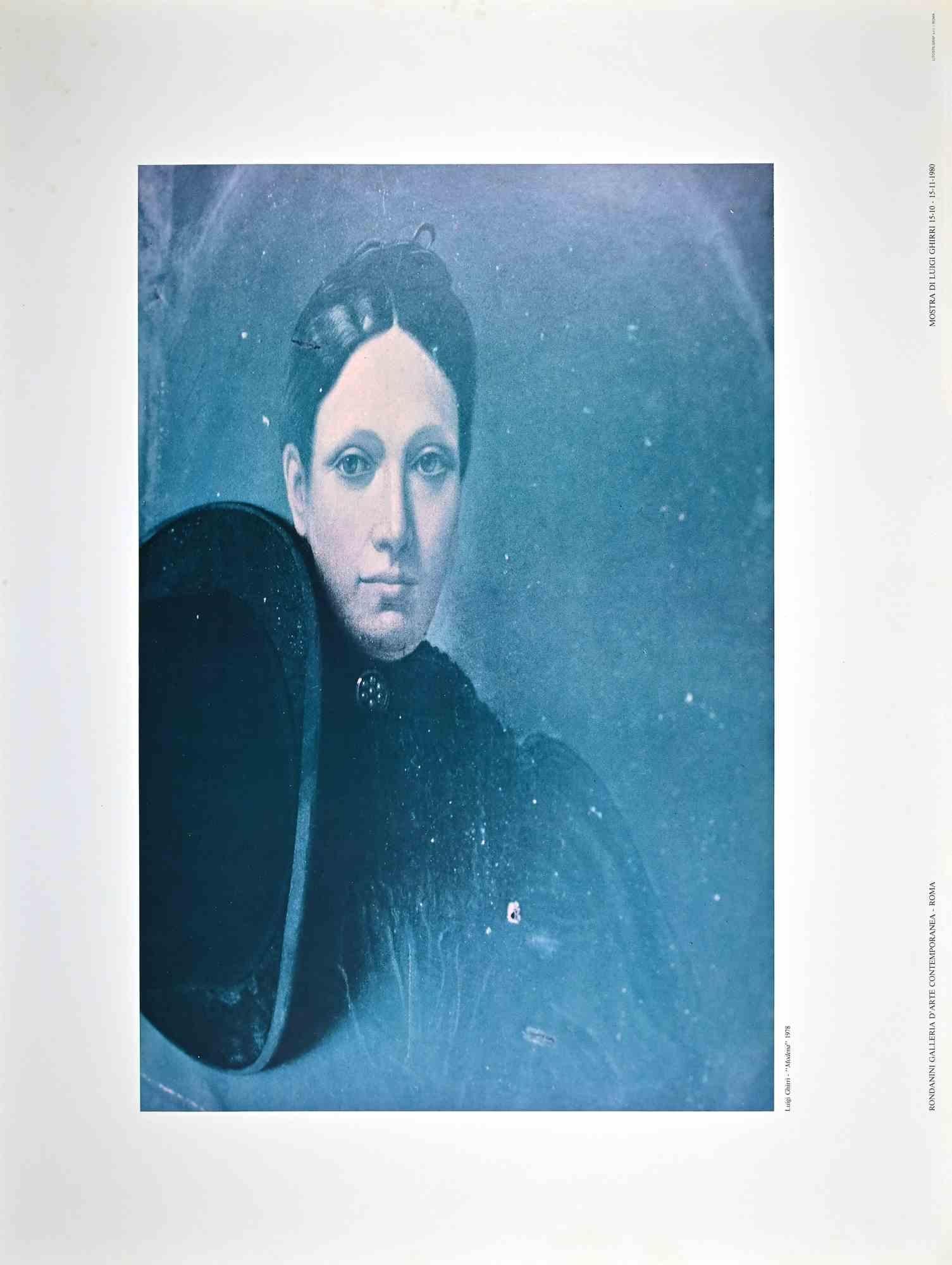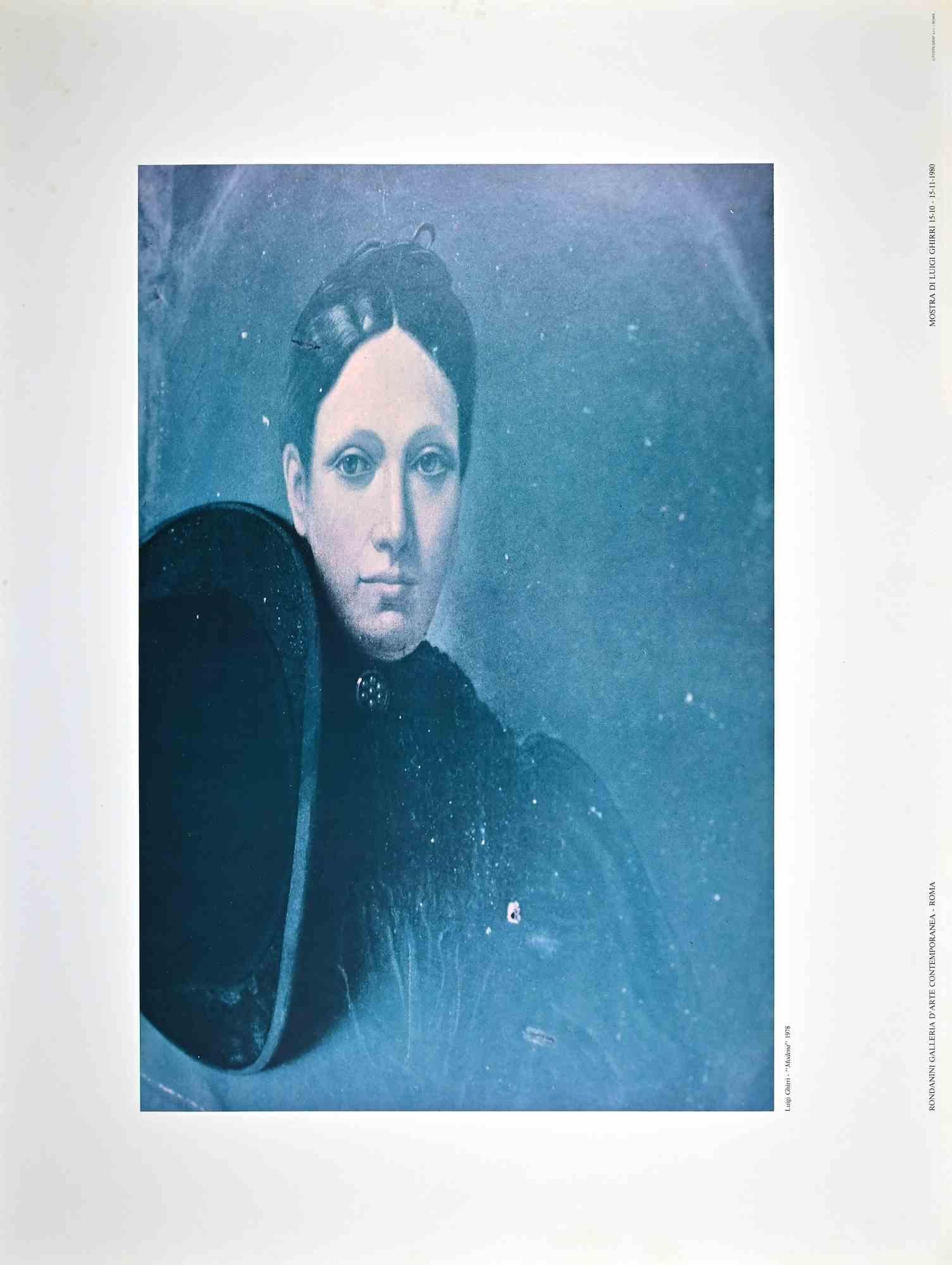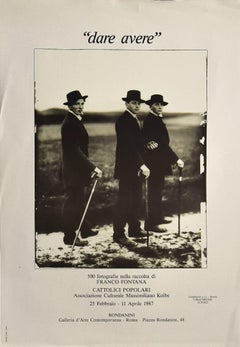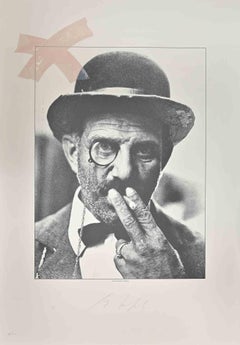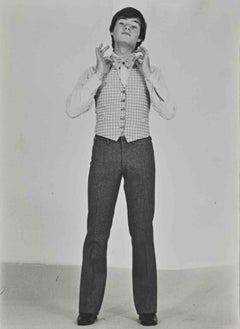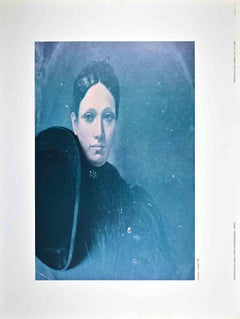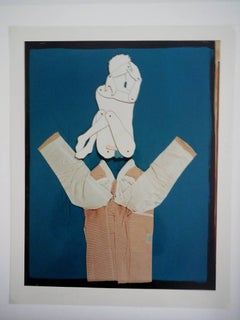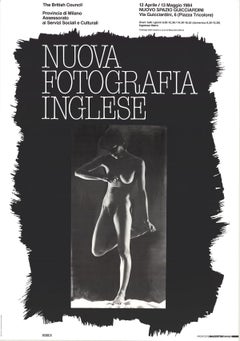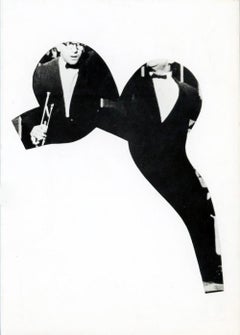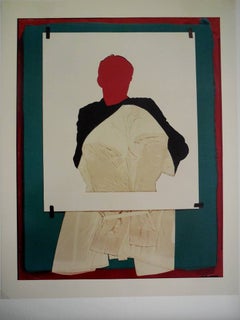Items Similar to Give and Have - Exhibition of 500 photographs from F. Fontana's Collection-1977
Want more images or videos?
Request additional images or videos from the seller
1 of 5
Give and Have - Exhibition of 500 photographs from F. Fontana's Collection-19771977
1977
$189.46
£143.35
€160
CA$265.23
A$289.28
CHF 152.43
MX$3,469.25
NOK 1,919.24
SEK 1,790.62
DKK 1,218.82
About the Item
Association "Massimiliano Kolbe". Exhibition in Gallery Rondanini, Rome, 1987.
Excellent condition.
- Creation Year:1977
- Dimensions:Height: 31.5 in (80 cm)Width: 22.05 in (56 cm)Depth: 0.04 in (1 mm)
- Medium:
- Movement & Style:
- After:Franco Fontana (1933, Italian)
- Period:
- Framing:Framing Options Available
- Condition:Insurance may be requested by customers as additional service, contact us for more information.
- Gallery Location:Roma, IT
- Reference Number:Seller: T-1536701stDibs: LU650315995502
About the Seller
4.9
Platinum Seller
Premium sellers with a 4.7+ rating and 24-hour response times
1stDibs seller since 2017
7,833 sales on 1stDibs
Typical response time: 1 hour
- ShippingRetrieving quote...Shipping from: Roma, Italy
- Return Policy
More From This Seller
View AllDare Avere - Photographic Collection by Franco Fontana - Vintage Offset - 1977
Located in Roma, IT
Photographic collection by Franco Fontana is a vintage poster realized in occasion of Franco Fontana's exhibition in 1977.
Original black and white offset.
Good condition and aged...
Category
1970s Contemporary Figurative Prints
Materials
Paper, Offset
Photo of Aulo Guidi - Lithograph by Mino Trafeli - 1980s
Located in Roma, IT
Photo of Aulo Guidi is an original Lithograph realized by Mino Trafeli in 1980s.
Hand signed.
Good conditions.
Mino Trafeli (Volterra, December 29, 1922 - Volterra, August 9, ...
Category
1980s Modern Figurative Prints
Materials
Paper, Lithograph
"Giusva" Fioravanti - Vintage photo - 1970s
Located in Roma, IT
"Giusva" Fioravanti is a black and white vintage photo, realized in 1970s.
The photo depicts the neo-fascist terrorist, Giuseppe Valerio Fioravanti, known as "Giusva", when he did t...
Category
Mid-20th Century Contemporary Figurative Photography
Materials
Photographic Paper
Modena - Vintage Offset after Luigi Ghirri - 1980
Located in Roma, IT
Modena is an original offset print by Luigi Ghirri.
The artwork is the offset poster of the exhibition held by the artist at Rondanini Galleria d'Arte Contemporanea in 1980.
Th...
Category
1970s Contemporary Figurative Prints
Materials
Paper, Offset
Modena - Vintage Offset after Luigi Ghirri - 1980
Located in Roma, IT
Modena is a vintage offset print after Luigi Ghirri.
The artwork is the offset poster of the exhibition held by the artist at Rondanini Galleria d'Arte Contemporanea in 1980.
T...
Category
1970s Contemporary Figurative Prints
Materials
Paper, Offset
Modena - Vintage Offset after Luigi Ghirri - 1980
Located in Roma, IT
Modena is an vintage offset print by Luigi Ghirri.
The artwork is the offset poster of the exhibition held by the artist at Rondanini Galleria d'Arte Contemporanea in 1980.
The ...
Category
1970s Contemporary Figurative Prints
Materials
Paper, Offset
You May Also Like
Large Harry Bowers Vintage C Print Photograph From Ten Photographs Fashion Photo
By Harry Bowers
Located in Surfside, FL
HARRY BOWERS
T E N P H O T O G R A P H S
I DON'T LOOK FOR PHOTOGRAPHS I INVENT THEM
I recall my first meeting with Harry Bowers in California a few years ago. As he produc...
Category
1980s Arte Povera Photography
Materials
Photographic Paper, C Print
1984 Unknown 'New English Photographs'
Located in Brooklyn, NY
Paper Size: 38 x 26.5 inches ( 96.52 x 67.31 cm )
Image Size: 34 x 12 inches ( 86.36 x 30.48 cm )
Framed: No
Condition: A-: Near Mint, very light signs of handling
Shipping a...
Category
1980s Contemporary Prints and Multiples
Materials
Offset
$120 Sale Price
63% Off
John Baldessari Sonnabend Gallery 1981 (announcement)
By John Baldessari
Located in NEW YORK, NY
John Baldessari, Sonnabend Gallery New York 1981:
Rare early 1980s John Baldessari exhibition announcement published on the occasion of: "Shape Derived from Subject (Snake): Used as ...
Category
1980s Surrealist Figurative Prints
Materials
Lithograph, Offset
Large Harry Bowers Vintage C Print Photograph From Ten Photographs Fashion Photo
By Harry Bowers
Located in Surfside, FL
HARRY BOWERS
T E N P H O T O G R A P H S
I DON'T LOOK FOR PHOTOGRAPHS I INVENT THEM
I recall my first meeting with Harry Bowers in California a few years ago. As he produc...
Category
1980s Arte Povera Photography
Materials
Photographic Paper, C Print
Large Harry Bowers Vintage C Print Photograph From Ten Photographs Fashion Photo
By Harry Bowers
Located in Surfside, FL
HARRY BOWERS
T E N P H O T O G R A P H S
I DON'T LOOK FOR PHOTOGRAPHS I INVENT THEM
I recall my first meeting with Harry Bowers in California a few years ago. As he produc...
Category
1980s Arte Povera Photography
Materials
Photographic Paper
Rare Harry Bowers Vintage C Print Photograph From Ten Photographs Fashion Photo
By Harry Bowers
Located in Surfside, FL
HARRY BOWERS
T E N P H O T O G R A P H S
I DON'T LOOK FOR PHOTOGRAPHS I INVENT THEM
I recall my first meeting with Harry Bowers in California a few years ago. As he produc...
Category
1980s Photography
Materials
Photographic Paper
More Ways To Browse
Alois Kolb
Amadore Porcella
Andre Renoux
Andrzej Juchniewicz
Andy Warhol Absolut Vodka
Andy Warhol Hitchcock
Antonio Rivera
Art Nouveau Bath
Basquiat Test Pattern
Bearden Bopping At Birdland
Belleau Wood
Ben Shahn Signed Lithographs
Ben Shahn Signed Prints
Benji Asada
Bieres De La Meuse
Braniff Poster
Brian Clarke
Bruno Schulz
